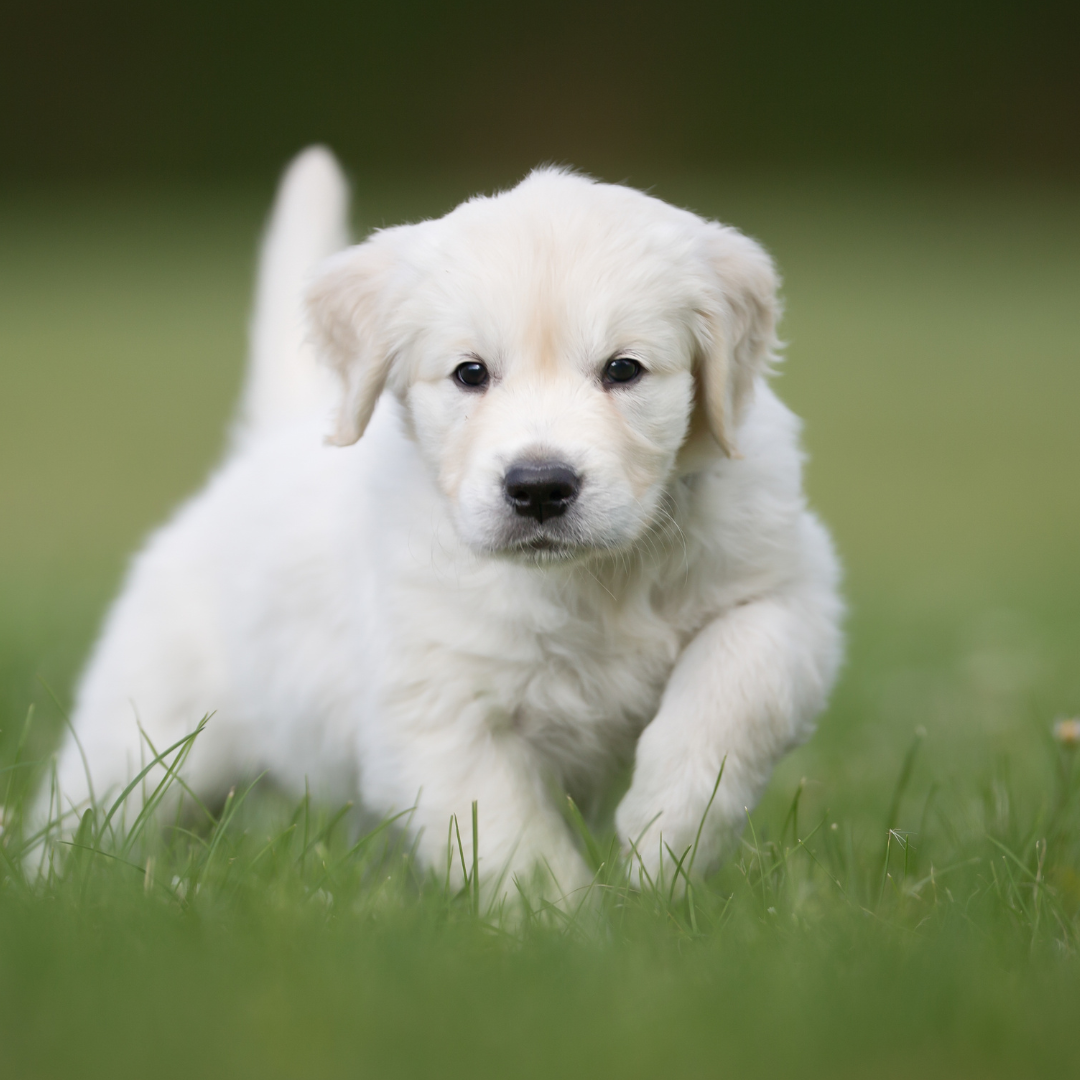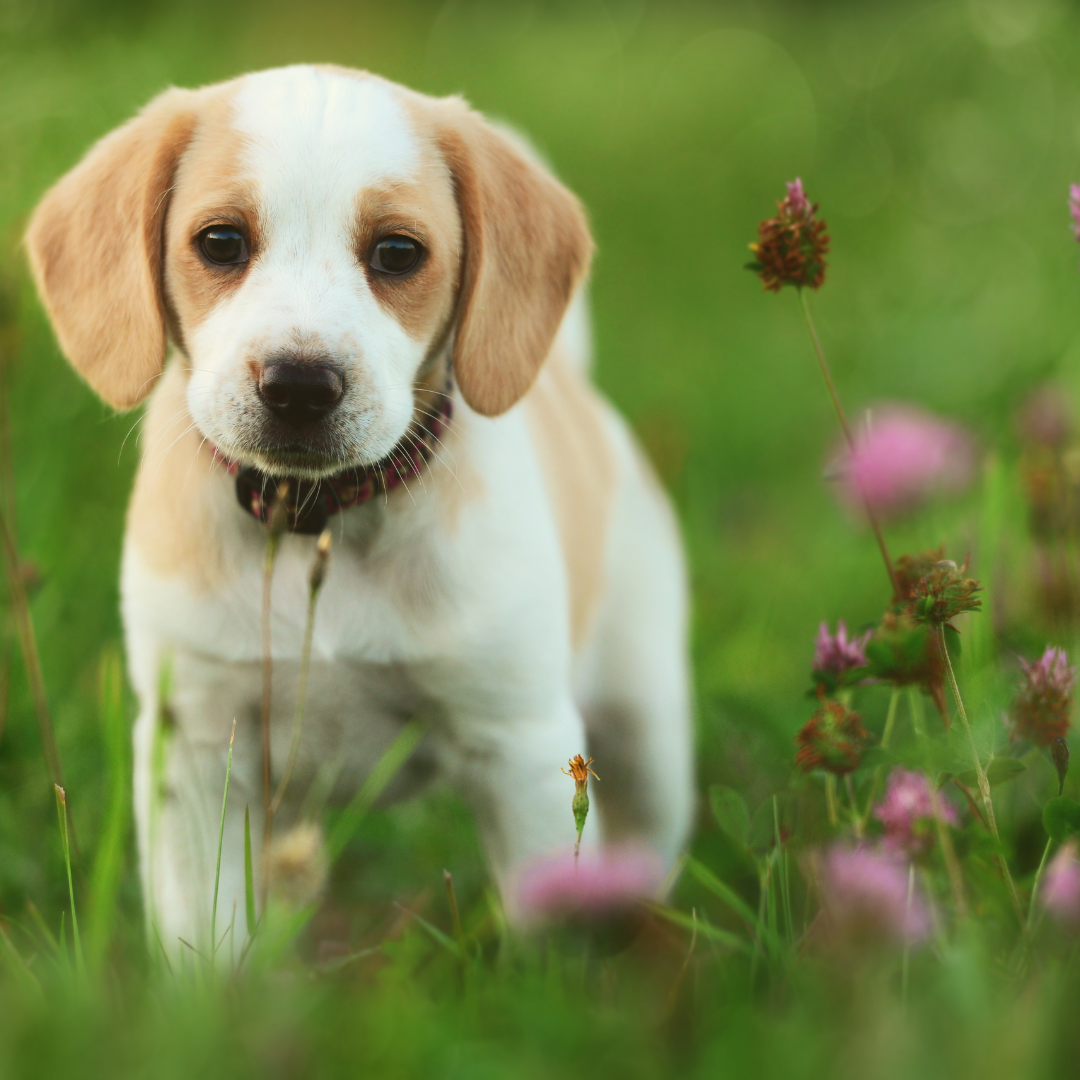Tips for Introducing Your Pet to a New Baby

Bringing a new baby into your home is a joyful experience, but for pet owners, it also comes with the responsibility of ensuring a smooth introduction between their furry friend and the newest family member.
Your pet has been an integral part of your life, and preparing them for the arrival of a baby requires careful planning, patience, and positive reinforcement.
Here are some essential tips to help ease this transition and foster a safe, loving bond between your pet and your baby.
Start Preparing Early
Your pet thrives on routine, and sudden changes can be stressful.
To minimize anxiety, start preparing them well in advance of your baby's arrival. Gradually introduce changes to their routine, such as adjusting feeding times or modifying sleeping arrangements, to reflect the new schedule they will experience after the baby arrives.
Reinforce Basic Training
Before the baby arrives, ensure that your pet understands basic commands such as
1. Sit
2. Stay
3. Leave it
4. Quiet
This helps maintain control and manage their behavior around the baby. If your pet has any behavioral issues, consider working with a professional trainer to correct them.
How can you help your pet get used to baby sounds and smells?
Pets can be sensitive to new sounds and scents. Play recordings of a baby crying, laughing, and cooing at a low volume to get your pet accustomed to these unfamiliar noises. You can also introduce baby lotions, powders, and blankets to help your pet become familiar with the new smells before the baby arrives.
Set Boundaries in Advance
· Set boundaries early for pet access.
· Restrict nursery if needed before baby arrives.
· Use barriers like baby gates for safety.
Introduce Baby Items Gradually
Allow your pet to explore baby-related items such as strollers, cribs, and toys under supervision. This helps them adjust to the presence of these new objects, reducing curiosity and the risk of unwanted behavior when the baby arrives.
Managing Your Pet’s Energy Levels
Ø Prevent restlessness by keeping your pet active.
Ø Provide regular exercise and mental stimulation.
Ø A tired pet stays calm and behaves better around the baby.
Ø Set aside quality time for play and affection.
Make a Positive First Introduction
When bringing the baby home, keep the initial introduction calm and controlled.
Allow your pet to sniff a baby blanket or a piece of clothing before meeting the baby. When it’s time for them to meet, ensure your pet is on a leash if necessary, and allow them to approach slowly while you offer praise and treats for good behavior.
Supervise All Interactions
Never leave your pet and baby alone together, no matter how gentle your pet seems. Always supervise their interactions and observe your pet’s body language.
Watch for signs of stress, such as
ü Growling,
ü Excessive licking,
ü or Avoidance.
If your pet appears uncomfortable, give them space and try again later.
Be Patient and Consistent
Adjusting to a new baby takes time for both pets and parents. Maintain a consistent routine, provide reassurance, and practice patience as your pet adapts to this major life change.
Joyful Companionship
Introducing your pet to a new baby requires careful preparation and ongoing supervision, but with patience and positive reinforcement, your pet and baby can develop a loving and safe bond. By following these steps, you create a harmonious environment where both your furry friend and your little one can thrive together. Remember, your pet is part of the family, and with the right approach, they will learn to welcome the newest member with love and warmth.



